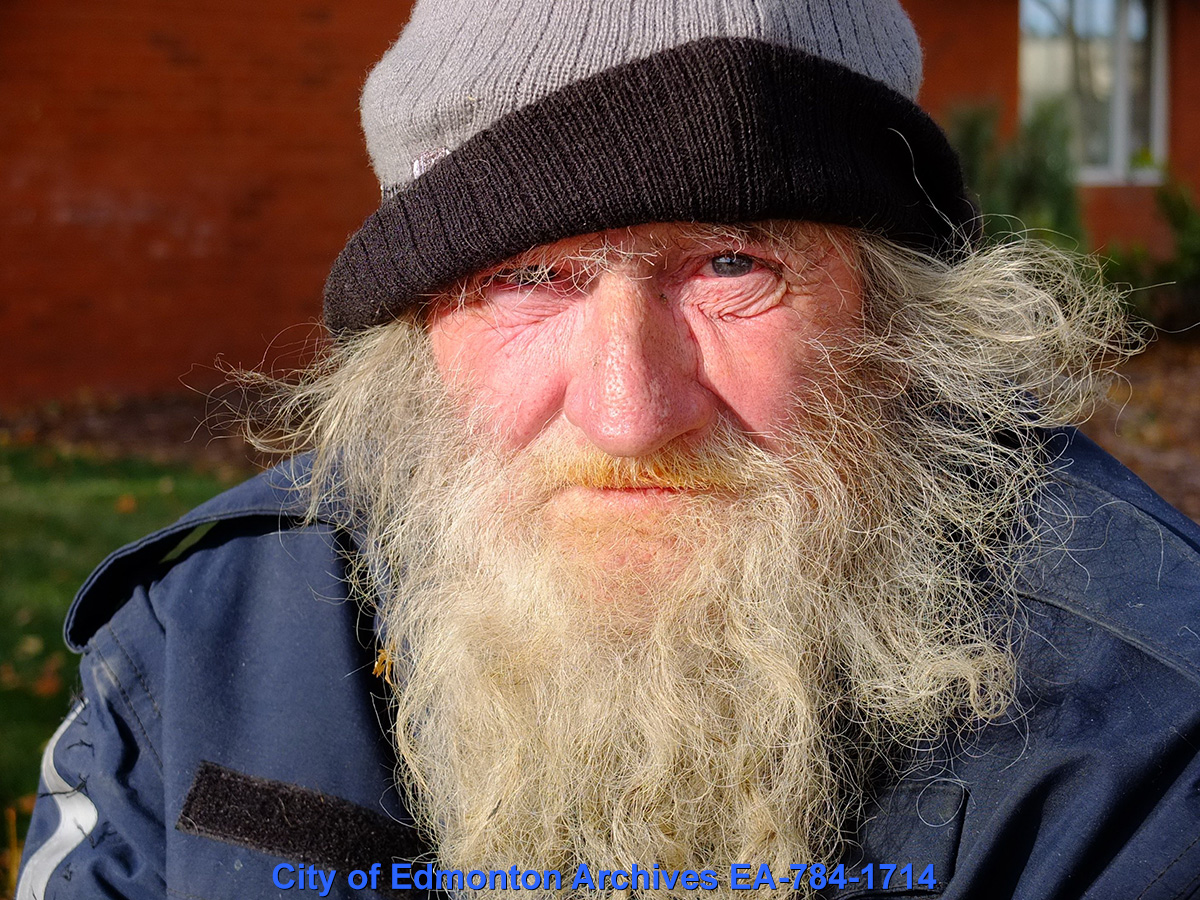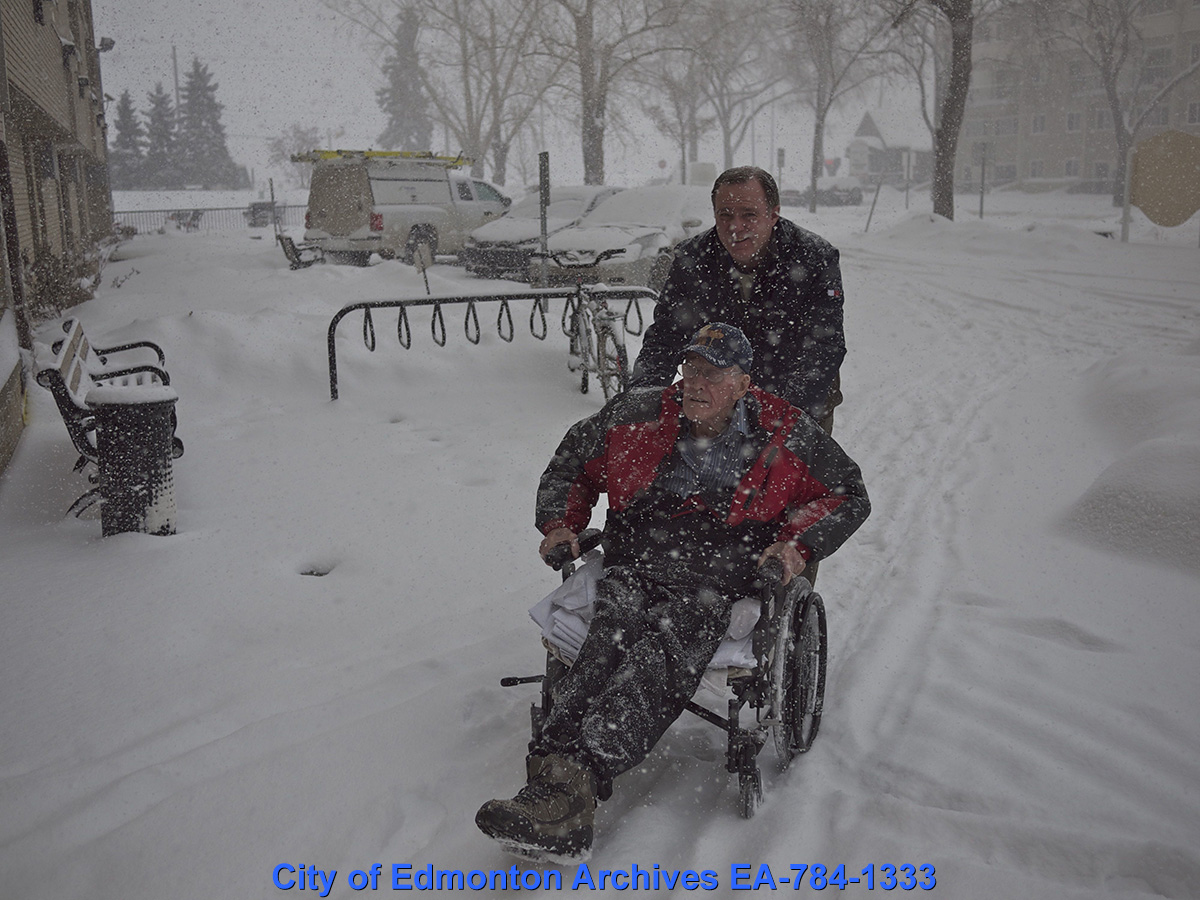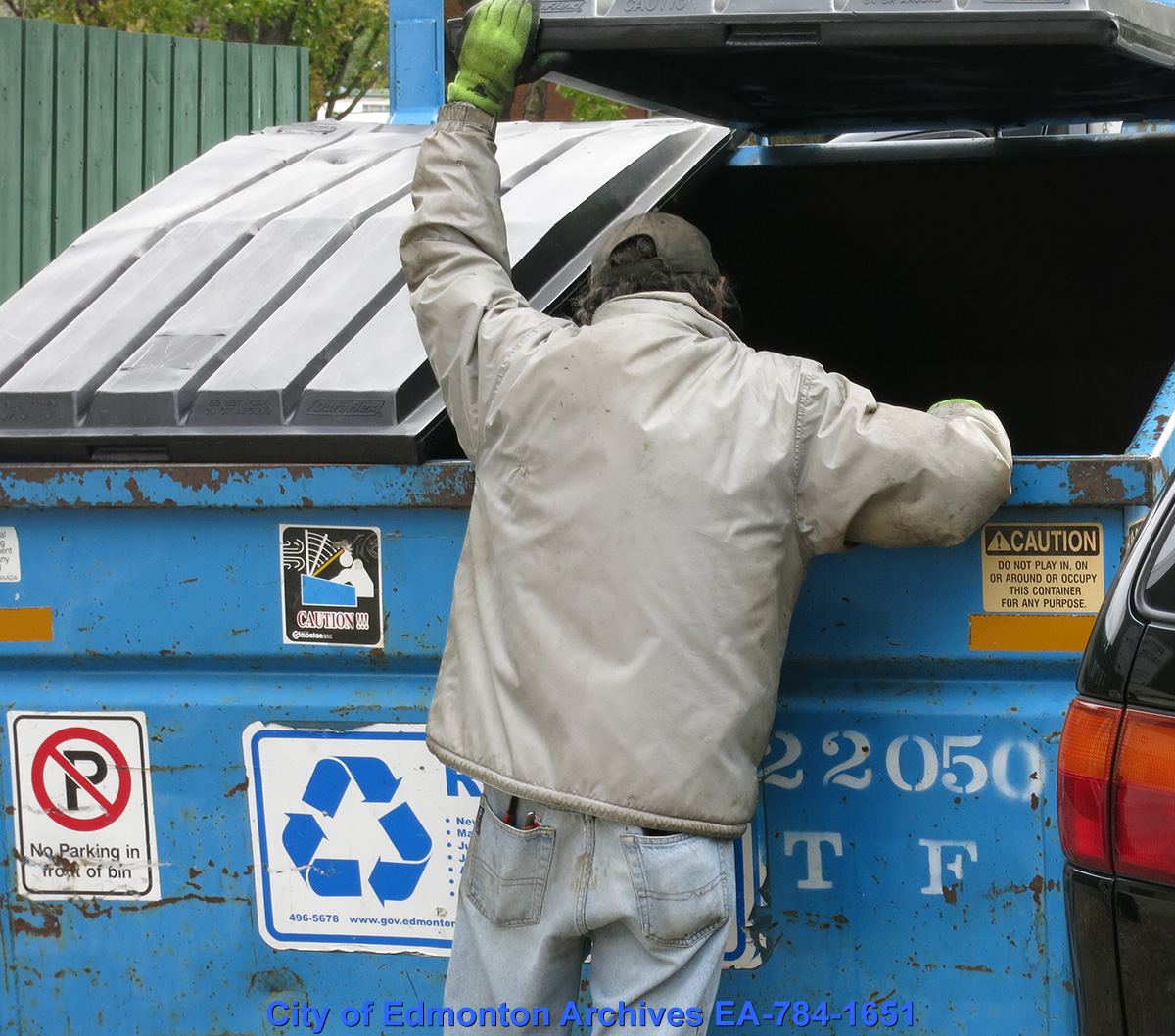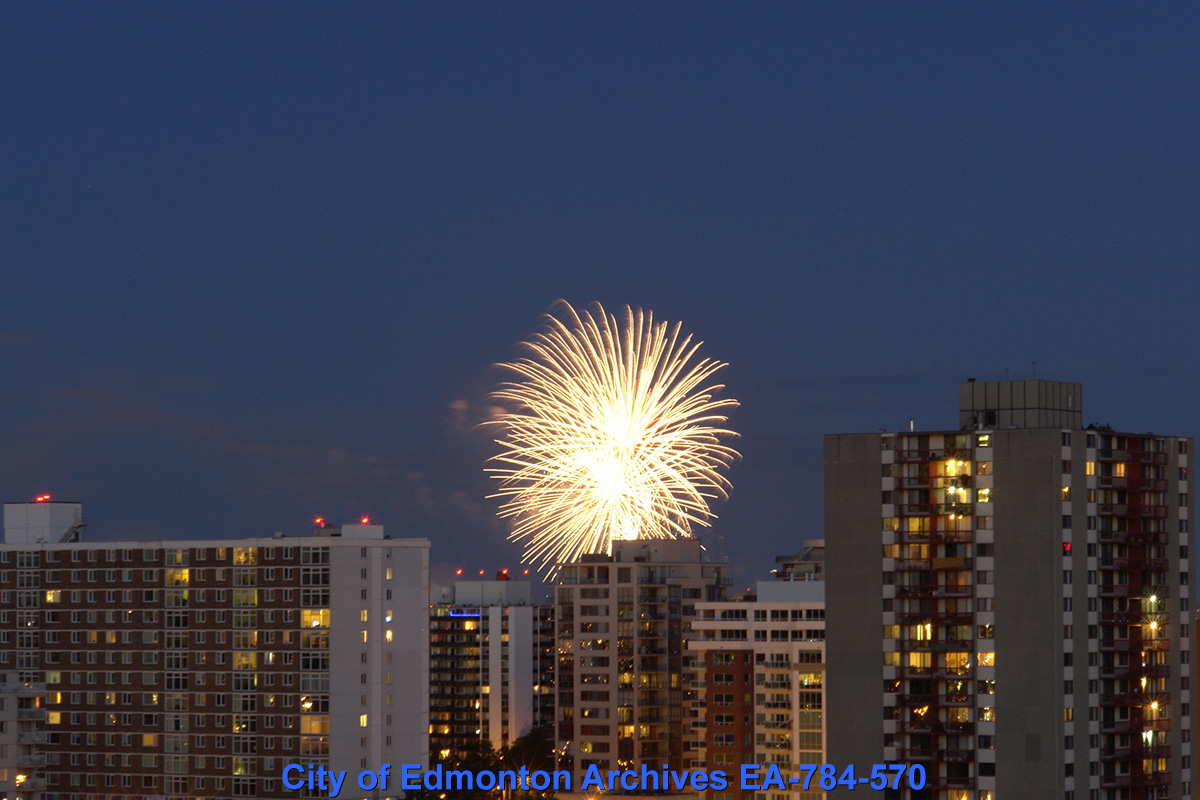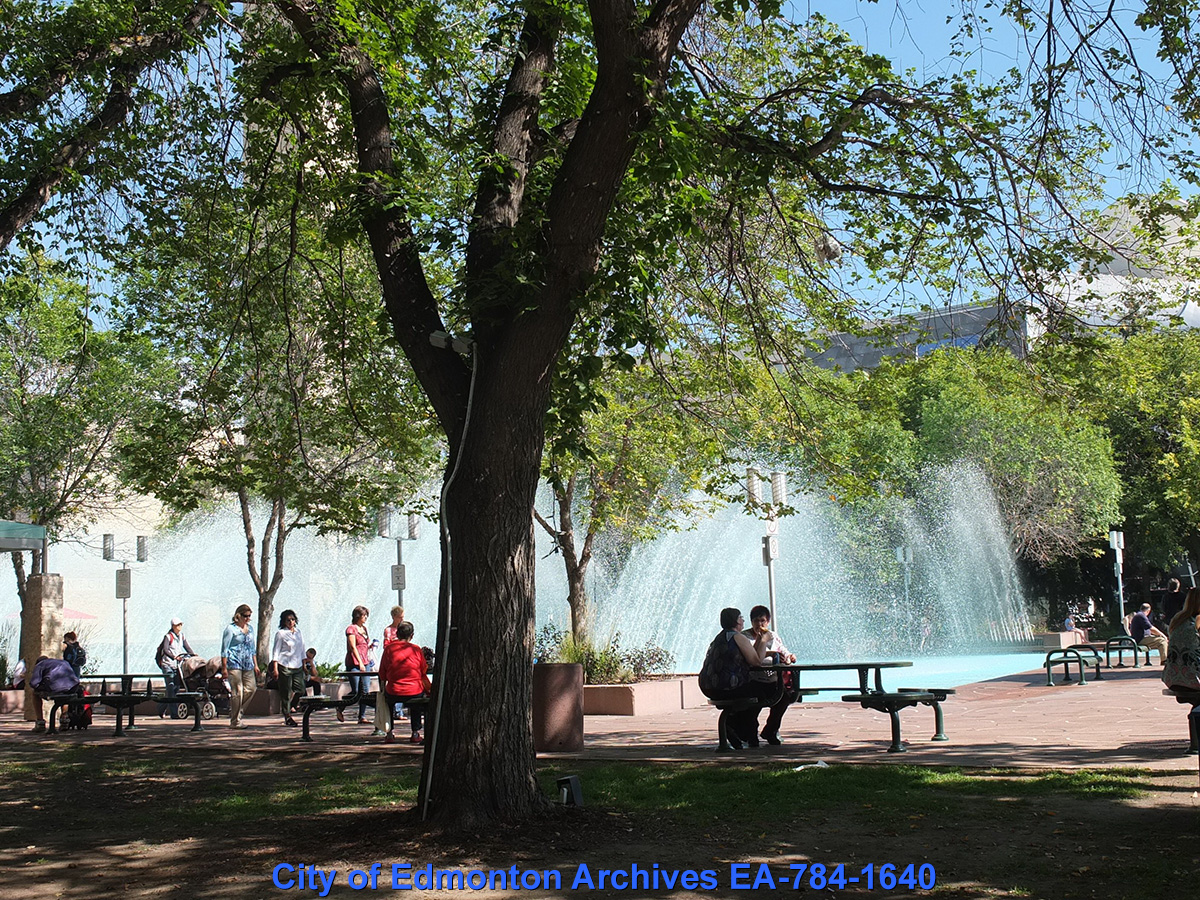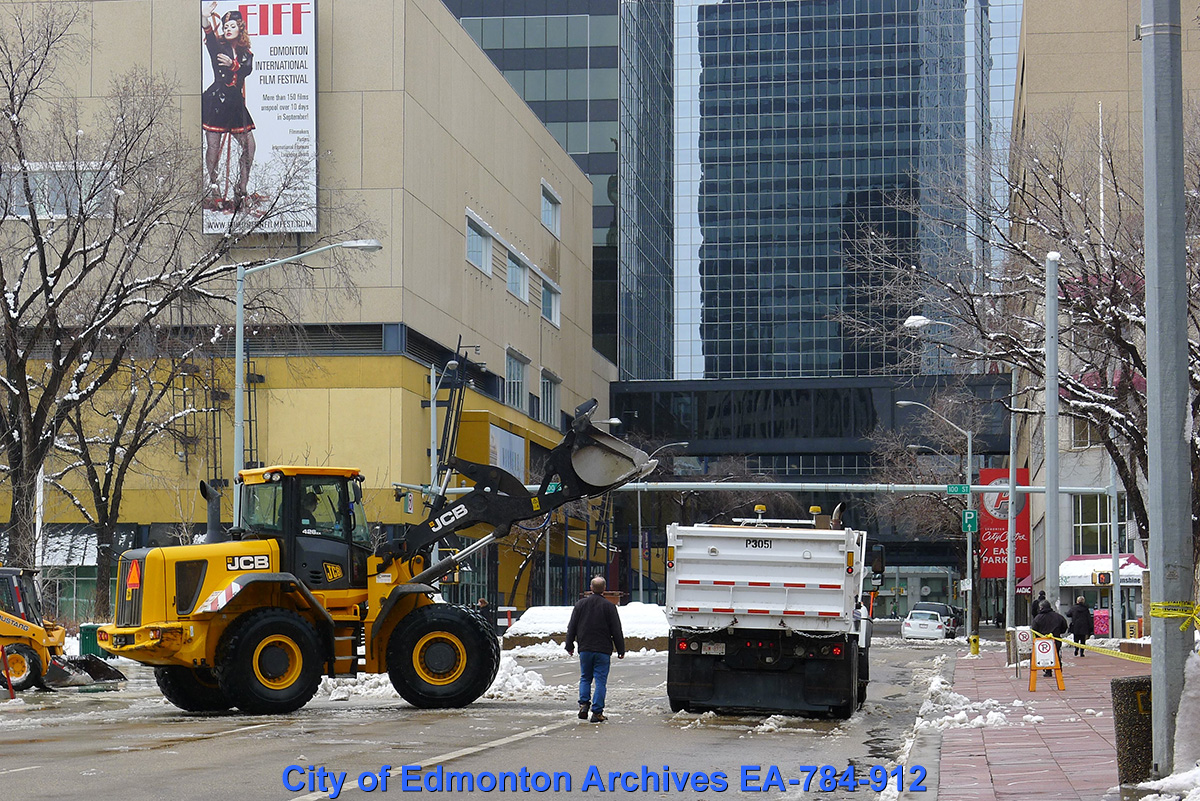Photographs also capture the spirit of the city, or an individual photographer, as witnessed by what is photographed, in what manner and for what purpose. Some of what is in these photographs tell us more about their creator, Chris Bruun. He sees a city which is full of humour and unexpected surprises. He sees people that we may overlook or look away from. His focus is diverse and inclusive.
“Photography can help to define our understanding of cities, which are too complex to be grasped in their totality. Archival photographs capture the city at a particular moment in its development.”
Allan Shulman – Architect, Urban Designer & Writer
The photograph which “captured the city at a particular moment” is the staple of an archival photograph collection. It allows researchers and the generally curious to “see” their city, or a particular building, event or person, change over time.
Many photographs are snapshots of things that caught the photographer’s interest or that they wanted to remember in the moment. Professional photographers, art clubs, social scientists, and urban geographers also create pictures to document something of importance to themselves or their work. The range of what constitutes a documentary photograph is huge.
Looking at the photo gallery, what has been captured, and what does it say about our city? What would you document to represent your Edmonton today?
-
![Molson's Building [EA-784-1821]](/sites/default/files/public-files/images/EA-784-1821.jpg) Molson's Building [EA-784-1821]
Molson's Building [EA-784-1821] -
![City Centre Mall, 2014 [EA-784-1828]](/sites/default/files/public-files/images/EA-784-1828.jpg) City Centre Mall, 2014 [EA-784-1828]
City Centre Mall, 2014 [EA-784-1828] -
![Harbin Gate, 2013 [EA-784-1411]](/sites/default/files/public-files/images/EA-784-1411.jpg) Harbin Gate, 2013 [EA-784-1411]
Harbin Gate, 2013 [EA-784-1411] -
![Gazebo In Fall, 2013 [EA-784-1652]](/sites/default/files/public-files/images/EA-784-1652.jpg) Gazebo In Fall, 2013 [EA-784-1652]
Gazebo In Fall, 2013 [EA-784-1652] -
![Robertson-Wesley United Church, ca. 2008 [EA-784-25]](/sites/default/files/public-files/images/EA-784-25.jpg) Robertson-Wesley United Church, ca. 2008 [EA-784-25]
Robertson-Wesley United Church, ca. 2008 [EA-784-25] -
![Downtown Condominiums, 2010 [EA-784-159b]](/sites/default/files/public-files/images/EA-784-159b.jpg) Downtown Condominiums, 2010 [EA-784-159b]
Downtown Condominiums, 2010 [EA-784-159b] -
![Spring Snow Storm, 2012 [EA-784-904]](/sites/default/files/public-files/images/EA-784-904.jpg) Spring Snow Storm, 2012 [EA-784-904]
Spring Snow Storm, 2012 [EA-784-904] -
![Fall Path, 2013 [EA-784-1877]](/sites/default/files/public-files/images/EA-784-1877.jpg) Fall Path, 2013 [EA-784-1877]
Fall Path, 2013 [EA-784-1877] -
![Winter Path, 2013 [EA-784-1384]](/sites/default/files/public-files/images/EA-784-1384.jpg) Winter Path, 2013 [EA-784-1384]
Winter Path, 2013 [EA-784-1384] -
![Outdoor Table and Chairs, 2014 [EA-784-961]](/sites/default/files/public-files/images/EA-784-961.jpg) Outdoor Table and Chairs, 2014 [EA-784-961]
Outdoor Table and Chairs, 2014 [EA-784-961] -
![Lamplighter At Night, ca. 2008 [EA-784-64]](/sites/default/files/public-files/images/EA-784-64.jpg) Lamplighter At Night, ca. 2008 [EA-784-64]
Lamplighter At Night, ca. 2008 [EA-784-64] -
![The Pearl, 2013 [EA-784-1470]](/sites/default/files/public-files/images/EA-784-1470.jpg) The Pearl, 2013 [EA-784-1470]
The Pearl, 2013 [EA-784-1470] -
![City Centre Mall - Food Court, 2012 [EA-784-871]](/sites/default/files/public-files/images/EA-784-871.jpg) City Centre Mall - Food Court, 2012 [EA-784-871]
City Centre Mall - Food Court, 2012 [EA-784-871] -
![Sunflower in Snow, 2013 [EA-784-1427]](/sites/default/files/public-files/images/EA-784-1427.jpg) Sunflower in Snow, 2013 [EA-784-1427]
Sunflower in Snow, 2013 [EA-784-1427]


